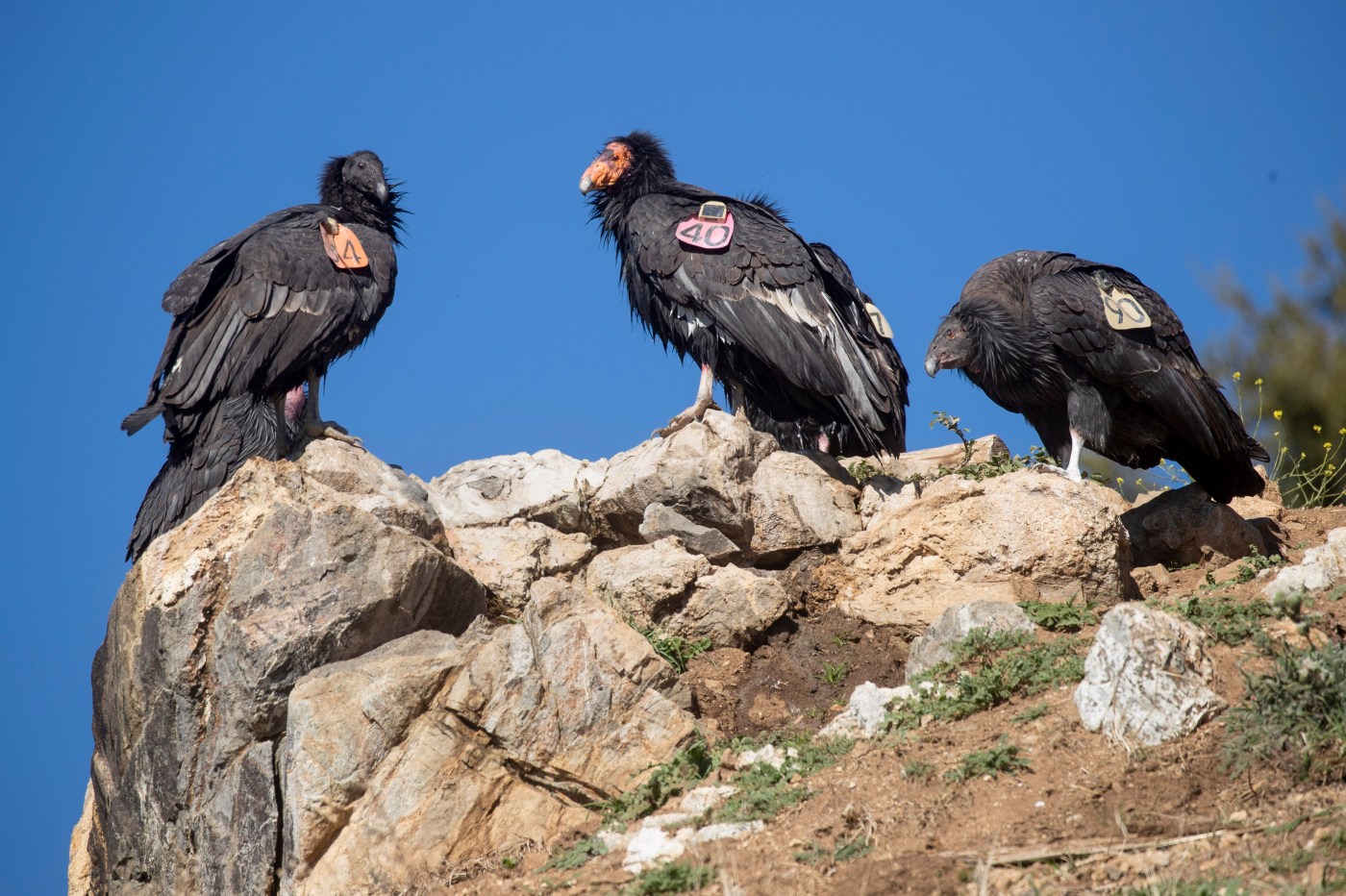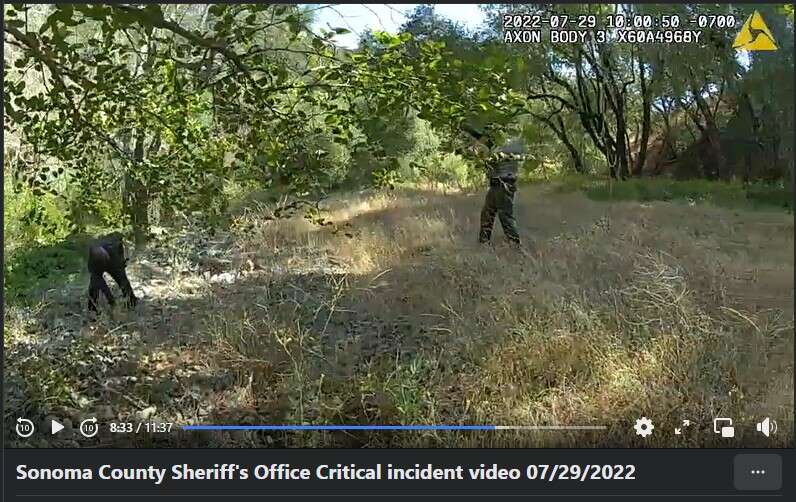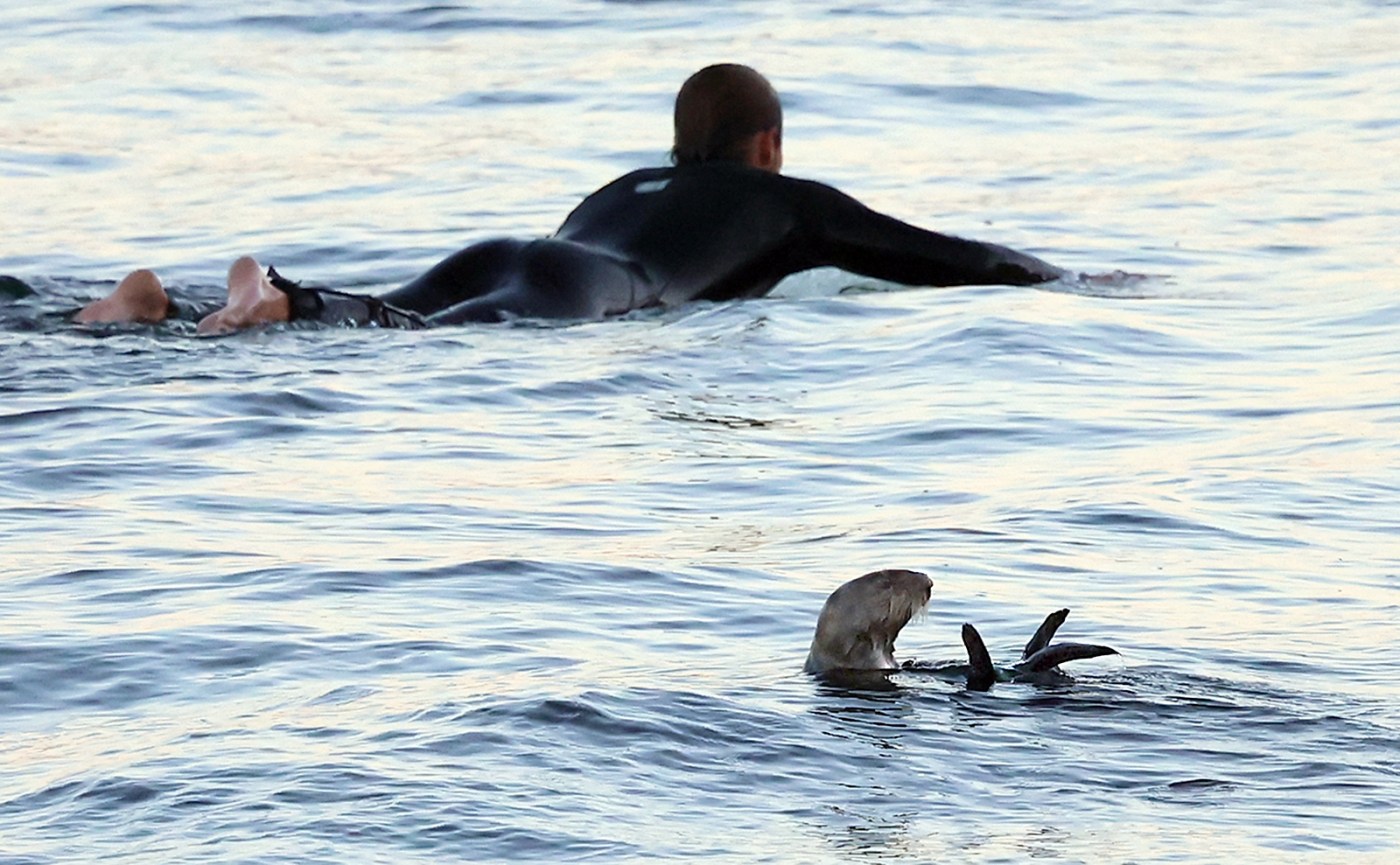The elusive and illustrious California Condor is making a major comeback in the Bay Area, stretching its wings in areas where the continent’s largest bird has not been seen for more than a century.
In total, the Ventana Wildlife Society — a group that traps, breeds and rehabilitates the vultures for release into the wild — has tracked 30 different condors that took multiple trips to parts of Alameda and Contra Costa counties sometime in the past two years.
“These movements into Alameda County, and even Contra Costa County, are the first to be documented in over 100 years,” Kelly Sorenson, Ventana’s executive director, said in an interview. “It’s not just one bird here and there; it’s the whole flock expanding their range both north and south.”
A 6-year-old male condor, known as #996, appears to be leading the flock’s exploration into new territory, taking over 60 trips into the East Bay since 2023 as he reaches breeding age and starts looking for grounds to potentially mate in, said Sorenson, who called him a “pioneer.” The deepest documented trip into the East Bay happened in 2021, when a female condor, #828, flew from Pinnacles National Park east of the Salinas Valley, passed Livermore and made it near Mount Diablo before returning home to Pinnacles.
Those sightings and more recent ones, including on Sept. 17 when two condors spent the evening in the mountains just south of San Antonio Reservoir in the Sunol Regional Wilderness, are part of a growing presence of the large land bird in the East Bay.
“There’s a lot of disappointment that goes into the condors story, but just the mere fact that we’re talking about the possibility of seeing condors in the East Bay is pretty miraculous,” said Joseph Belli, a biologist and condor expert who volunteers with the National Park Service and Ventana.
Related Articles
Wild bear wanders into Northern California zoo, ‘interacts’ with the resident bears
Taylor Swift’s sea otter shirt just raised $1 million for Monterey Bay Aquarium
South Bay humane society rehabilitates, releases hawk shot by BB gun
Otter steals surfboard in Santa Cruz. No, not that otter.
California bans cat declawing under new state law
Historically, the birds — which grow to be as large as 20-plus pounds with a wingspan over nine feet — flew freely throughout the West Coast into British Columbia in the 1800s. In the 1960s, the birds’ population dwindled to less than 100. Most died from manmade poisons.
By the early 1980s, every condor known to man was whisked away to captivity to save them from extinction. In 1982, there were just 23 condors left on the planet.
The birds recently seen in the Bay Area are concentrated in nests throughout Central California. Beginning in 1997, Ventana has annually released condors into the wild, starting in Big Sur, then expanding to Pinnacles National Park in 2003, before the National Park Service started its own release program. Since then, the flock has grown to about 110 condors, with another expected release happening on Oct. 25 near San Simeon.
The entire population of condors in the wild now totals less than about 400, according to experts, which includes another flock of over 100 birds in Southern California, one smaller flock of about 50 or 60 condors in Northern California near Eureka, and less than 200 condors between Northern Arizona and the Mexican state of Baja California.
They can fly 150 miles in a day, but normally return most days to their home base. Though they are sociable birds, condors generally stay in the same flock most of their lives, and like to fly in small groups. The recent flight expansion depicts a small but mighty development in the decades-long effort to rescue them from the brink of extinction, experts say.
Belli, the biologist, said in an interview that it is the younger condors that have flown further north to explore Alameda County from nests in Central California, possibly due to the longer and warmer days of the mid-summer months.
But for the average bird enthusiast, they can be incredibly difficult to spot. Finding a condor in the wild usually involves hikes high along mountains with thousands of feet of elevation, as they like to soar and glide high rather than flap their wings between mountain ranges. To track them, conservationists and biologists, like Belli, use GPS and radio trackers daily.
Despite all of the encouraging signs in recent months, scientists have not let their guard down. No one can change the fact that condors reproduce more slowly than other animals: One condor lays just one single egg roughly every two years, spending at least a year hatching and raising their chick before hatching another.
But something can — and must — be done about manmade threats that have harmed the population in California for generations, experts say. A century ago, the poisoning of wolves, grizzly bears and other predators by early pioneers led to a higher death rate among the scavenger birds that ate poisoned carcasses. Today’s flocks face another menace — lead ammunition.
In 2022, a year after taking her historic spin around Mount Diablo, condor #828 died of lead poisoning, leaving behind her nest partner, a condor named “Ninja,” according to Ventana.
Conservationists with Ventana have been working on a solution: For years, they have been swapping unleaded ammunition made with materials such as copper or steel with game hunters and ranchers in the hopes of saving more condors from ingesting a lethal poison pill in their next meal.
“Keeping them alive is kind of a challenge,” Belli said. “That’s probably the biggest obstacle for getting their numbers up.”
Belli said just a few condors die every year now as conservationists keep a close eye on them, but the biggest recent hit to their populations came with the 2020 Dolan wildfire in the Big Sur region that led to the deaths of 12 condors.
While the news of some condors traveling further into the East Bay can look exciting, the reality is that unless the population grows substantially bigger, Belli said, “I don’t know how much further that movement is going to go.”
Still, Sorenson says he hopes that he “can look back in another 20 years when I’m retired and I can hear about condors all over the state.”





